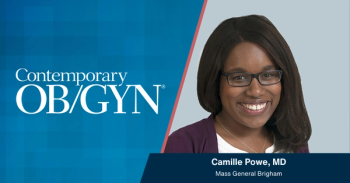
U/S Clinics: Putting the FASTER results into clinical practice
Counseling patients on screening for Down syndrome has long been a challenge. Findings from the FASTER trial provide solid evidence upon which to base recommendations for first- or second-trimester testing, or a combination of both.
But today in the United States, second-trimester quadruple screening remains the most popular way to test for Down syndrome.4 Assessment of maternal serum markers including alphafetoprotein (AFP), total hCG, unconjugated estriol (uE3), and inhibin-A is estimated to detect 67% to 81% of fetuses with Down syndrome, for a false-positive rate of 5%.5,6
How should ob/gyns and their patients decide amongst screening during the first trimester, the second trimester, or some combination of both? Until recently, little information has been available to guide this process, and the testing options have continued to evolve.
Who were the FASTER patients?
We excluded patients who had already had an NT measurement in the current pregnancy and/or had anencephaly or cystic hygroma detected on NT U/S. FASTER also included a separate study of karyotype and complete obstetric and pediatric outcome in patients who were diagnosed in the first trimester with a septated cystic hygroma. Those findings will be discussed later in this article.
What was the trial protocol?
The 102 sonographers in FASTER were uniformly trained to detect NT, following a standard U/S protocol. To demonstrate their proficiency with the screening, each of them submitted a minimum of 50 adequate images to a central reviewer.
Newsletter
Get the latest clinical updates, case studies, and expert commentary in obstetric and gynecologic care. Sign up now to stay informed.











